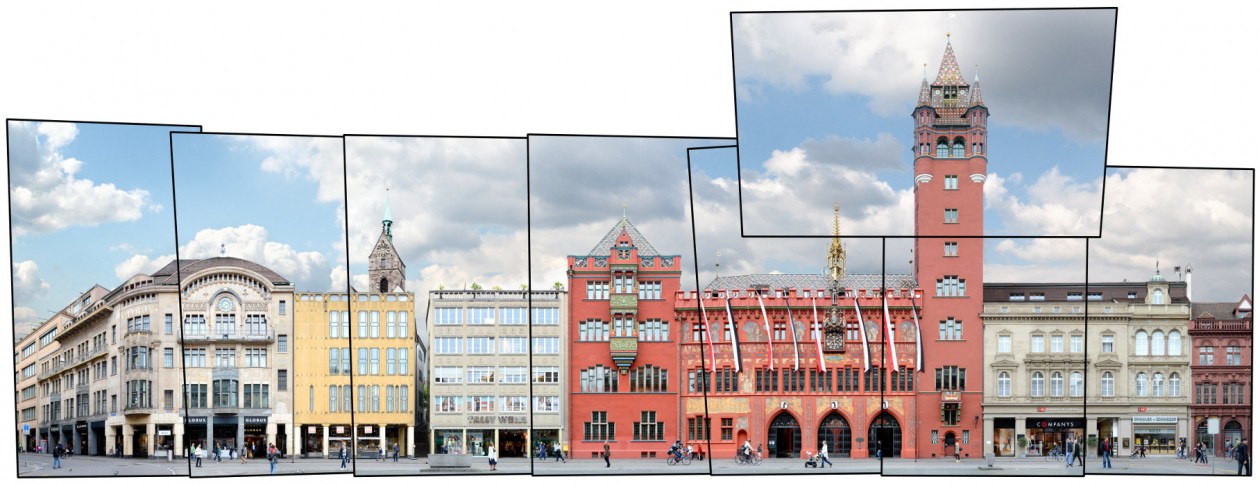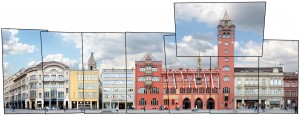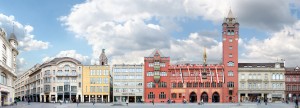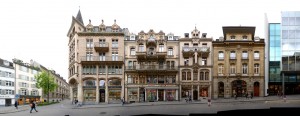Basle [german: Basel; french: Bâle], founded ca. 50 AD by Celts and later named Basilia by the Romans. Lies in the Swiss-German-French tripoint on the shores of the Rhine about 75 km west of Zurich, 300 km west of Munich and 400 km east of Paris. 3rd largest city in Switzerland.
Population: 175.000 [2015] | 178.000 [1990] | 148.000 [1930] | 109.000 [1900]
Basle became a Prince-Bishopric, being ruled by a Bishop, by 999 and in 1501 it joined the Swiss Confederation. The city owns the oldest university (1460) in Switzerland, where Erasmus of Rotterdam and Paracelsus lectured. It was also an early publishing centre of europe. Today Basle is a centre of the chemistry and pharmaceutic industry. The Treaty of Basel ended the Swabian War in 1499. In 1795 the peace of Basel ended the war between France and Prussia/Spain. Also the 1st World Zionist Congress was held in Basel in 1897 and the Basel Convention (1989) lead to a modern international managment of hazardous waste.
In the cityscape above we see the town hall side of the Marktplatz in Basle’s old town. The dominating red building is the city’s town hall, which dates back to 1504 in its oldest parts. Its current shape and facade was designed during a restoration between 1898 and 1904 when the large tower was added as well. An invisible feature of the square is the river Birsig which is covered and runs beneath it towards the Rhine.
Click for larger view:
For classic view and more infos about the place (german link):
We documented more streets and places in Basle. Find some unfinnished examples below.
Münsterplatz
Freie Straße








